How did the beatmaking favorite progress over the last three decades?
It all started in 1988 when Akai contracted Roger Linn to help design an all-in-one music production center. Linn had just designed the LinnDrum Midistudio, which featured 16 velocity-sensitive soft rubber pads made to replicate authentic instrument expression. Linn brought that same idea over to Akai to be integrated into their collaborative design.
Combining the expertise of Linn with the engineers at Akai, together, they sought to make a standalone piece of music production equipment capable of capturing and replicating musical instruments. And thus, the Music Production Center was born, better known as the MPC.
Unbeknownst to Akai at the time, the MPC would be one of the critical tools used by producers and DJs that helped define electronically produced music like hip-hop, house, and drum-and-bass.
So let's take a chronological look through all the MPC releases over the last three decades. And for more about the MPC, be sure to check out our "Brief History of the Akai MPC."
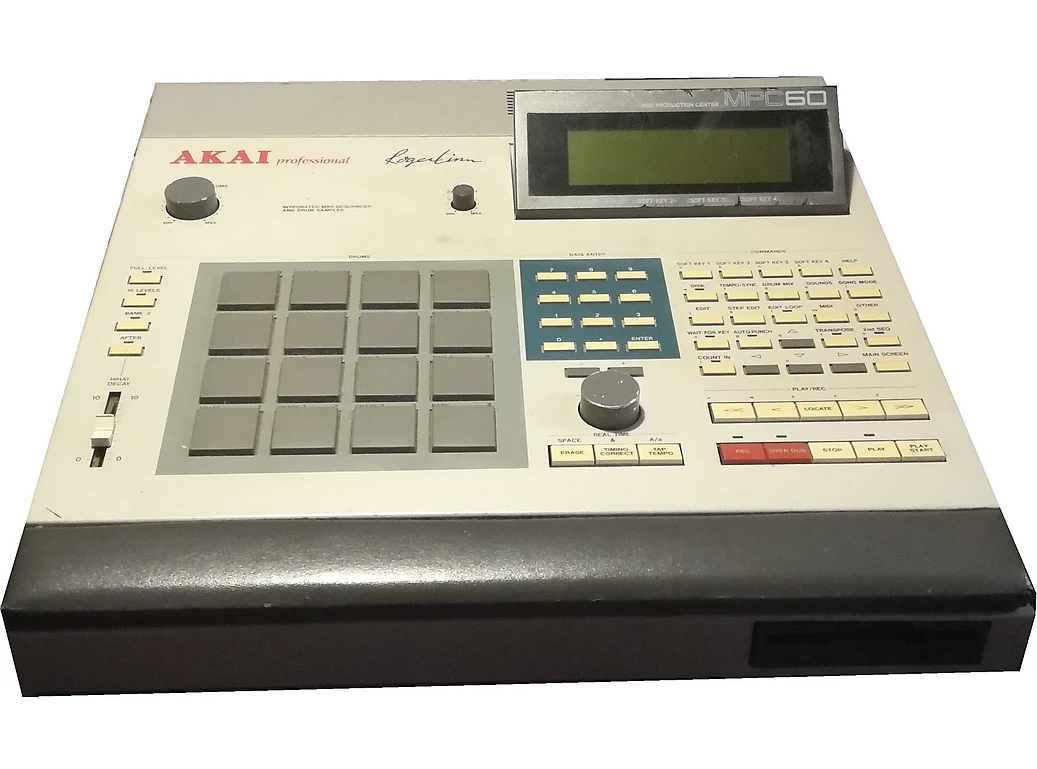
The MPC60 was originally marketed as a studio production centerpiece, and it is a big piece of equipment. However, despite its bulkiness, the iconic 12-bit sample processing sound is still well worth its price tag today. It has 16-voice polyphony along with audio outputs for the metronome and echo, which would not be seen on subsequent MPCs.
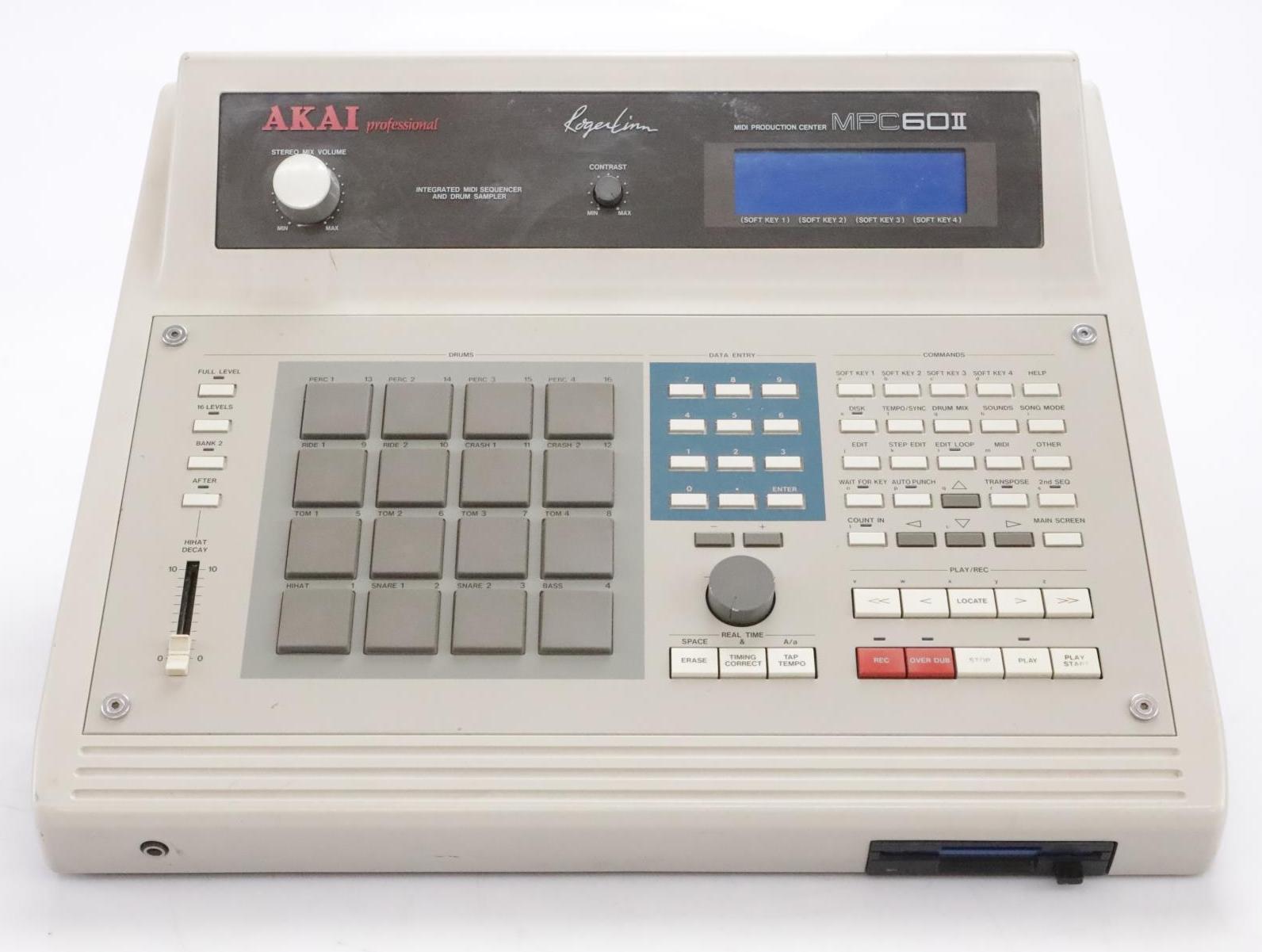
The MPC60II was a more budget-friendly and cost-effective alternative to the original 60 upon release, with a headphone output that inadvertently kicked off the bedroom producer movement in future generations.
Today, many owners of the MPC60II have the Vinmana firmware update, which increases sample duration to 23 seconds among various other OS enhancements. As a result, the 60II is more commonly found on the resale market than the original.
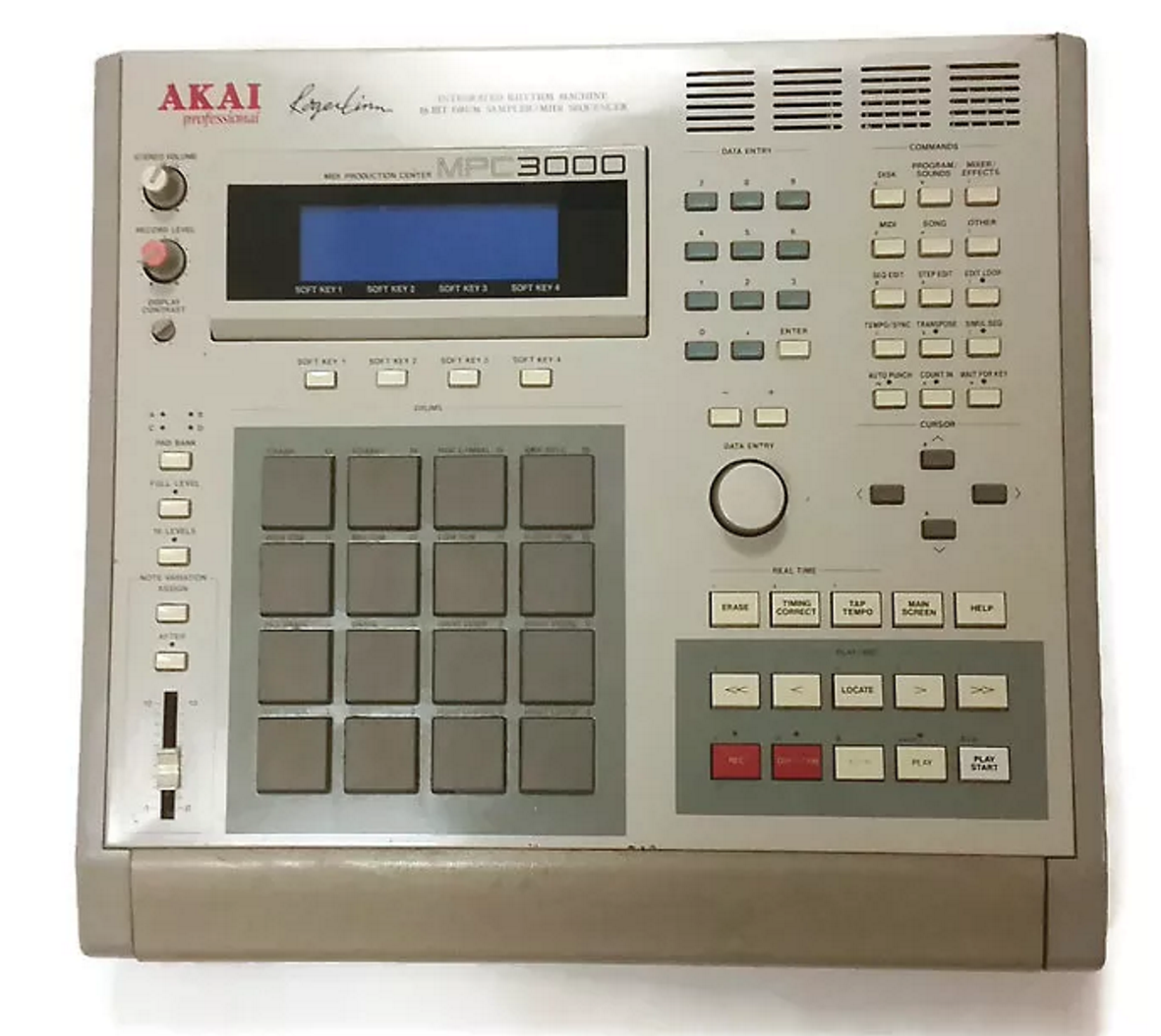
If the MPC60 established the game, the MPC3000 revolutionized it. It's the first MPC with 32-voice polyphony, built-in FX, and a low-pass filter with resonance control. J Dilla's customized 3000 is displayed at the Smithsonian. He loved the MPC3000 for its effects, swing, and option to turn off quantization, giving it a more humanized approach to sequencing.
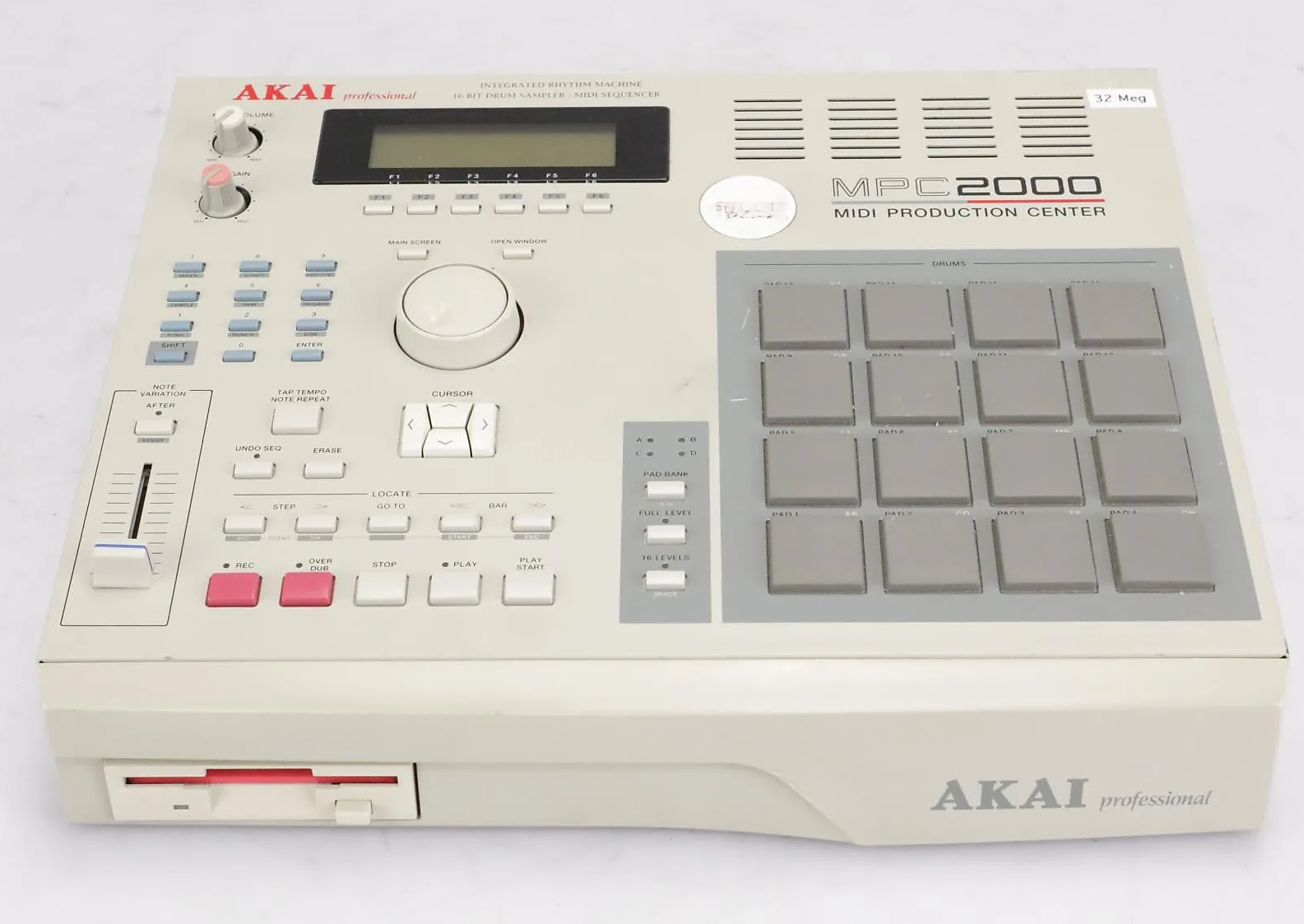
The MPC2000 further strengthened the concept of the music production center and expanded on the 3000's capabilities. It was also Akai's first machine without Roger Linn's assistance. The 2000 has an onboard looper, expandable sample memory, and 16-bit sampling. Today, you can find units that have been expanded with eight audio outputs, and there are aftermarket effects cards readily available.
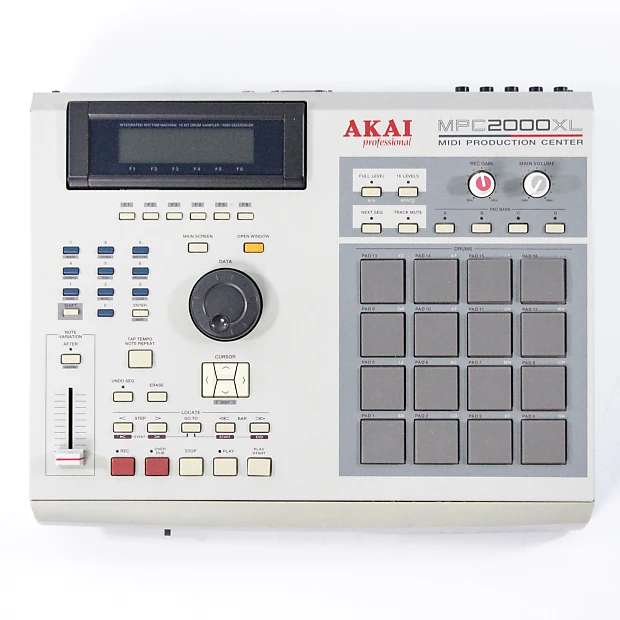
As the most cost-effective MPC yet upon its release, the MPC2000XL opened the door for a whole new generation of MPC users. The XL borrows elements from the 2000 but features larger sample memory, a time-stretching algorithm, auto-chopping, and a tilt screen.
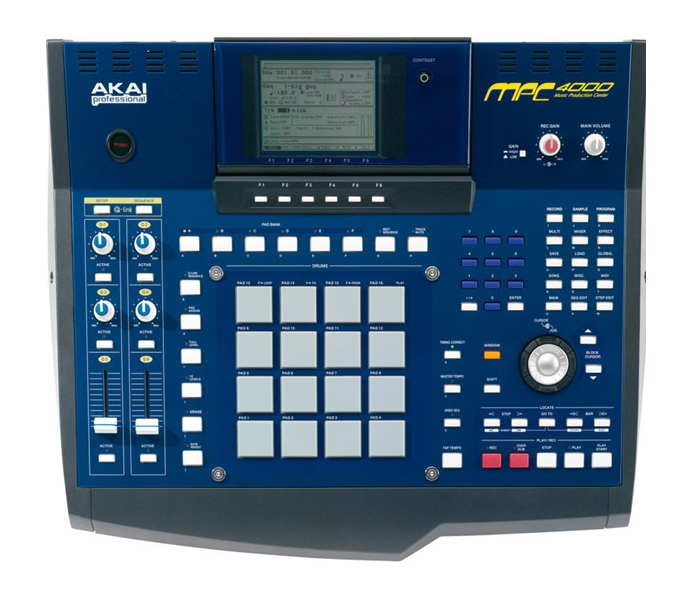
The MPC4000 is one of the largest frame MPCs produced since the MPC60. In addition, it's the first MPC to include a phono preamp, allowing for direct connection of a turntable. Featuring 24-bit sampling power, a CD-R drive, 4-bus multi-fx processor, multimode filters, and two assignable LFOs, the 4000 is also compatible with WAV files and can be connected to an external hard drive.
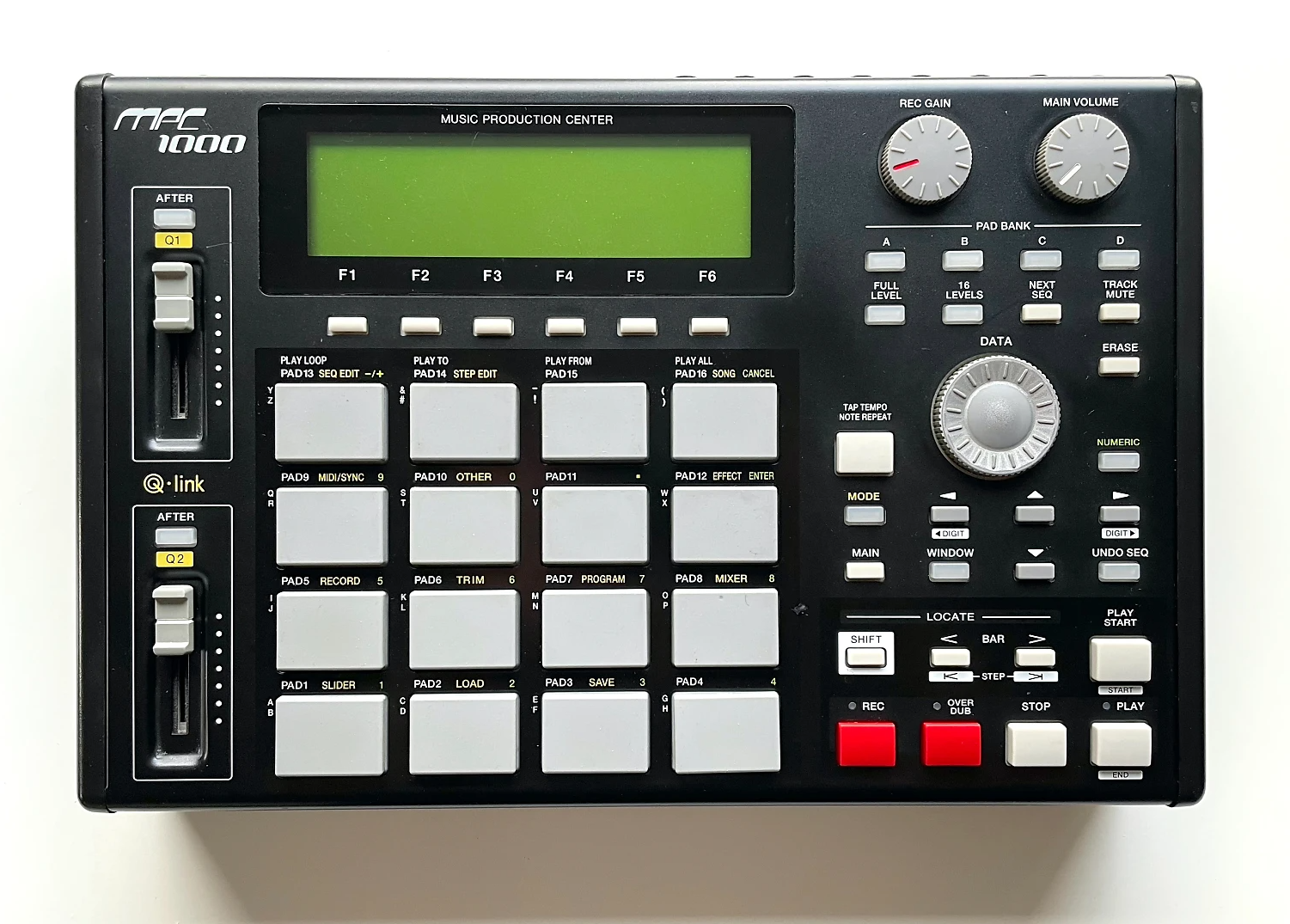
The MPC1000 is the first compact MPC meant to be used on the go and live on stage. Even with smaller pads than its predecessors, it offers the same velocity-sensitive capabilities as the previous models, along with a 32-voice stereo sampler, multi-fx processor, and re-sampling functions. It also has a USB port and compact flash card slot for storage.
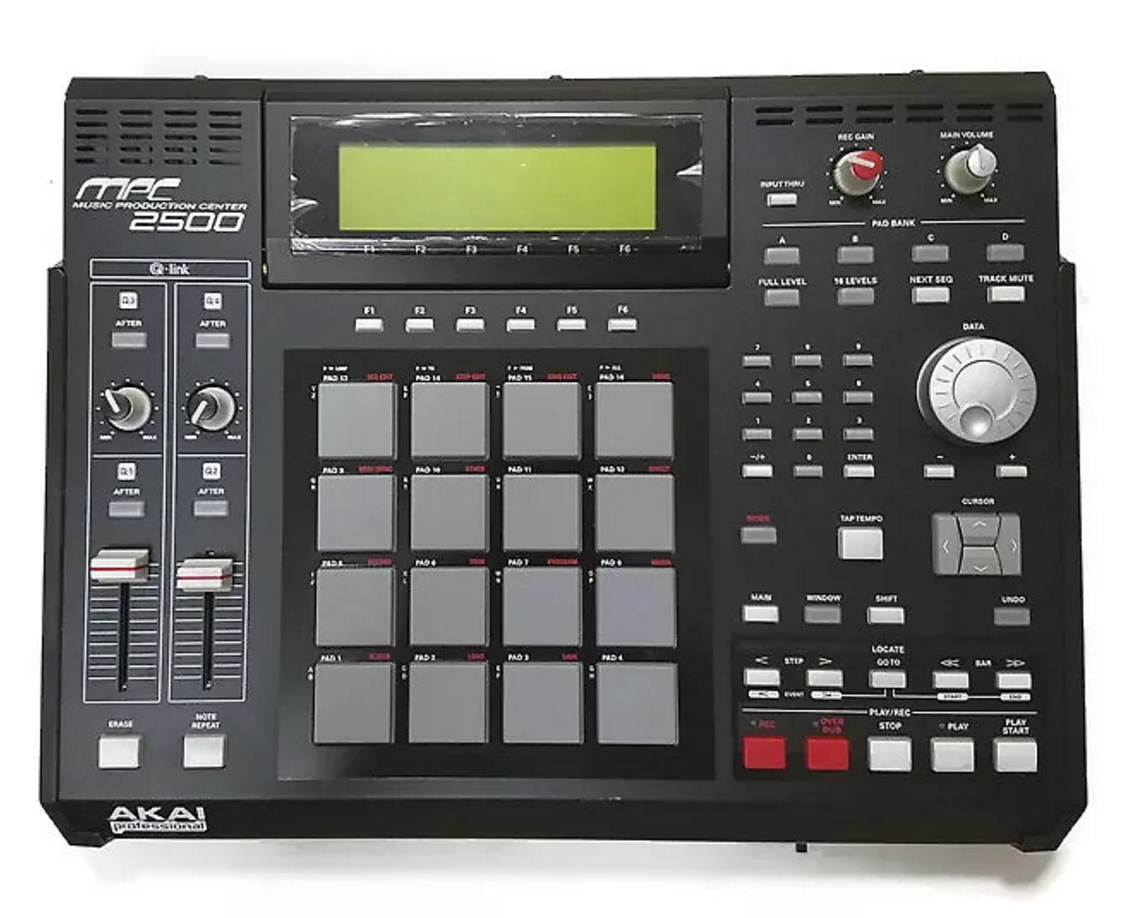
The MPC2500 features a black metal casing, expandable flash memory, a USB-B port, and a compact flash card. You can also add a CD-R drive.
The 1000 and 2500 are still popular today, with most of them loaded with an alternate firmware called JJOS. The rumor goes that an engineer, who strictly goes by “JJ,” worked on developing the original OS for the 1000 and 2500. After a brief time at Akai, they left and created an alternate operating system that vastly increases the capabilities of these two MPCs. Installing JJOS is free, but you have to pay for it if you want to save your sequences and get the entire OS. JJOS is only available on this website.
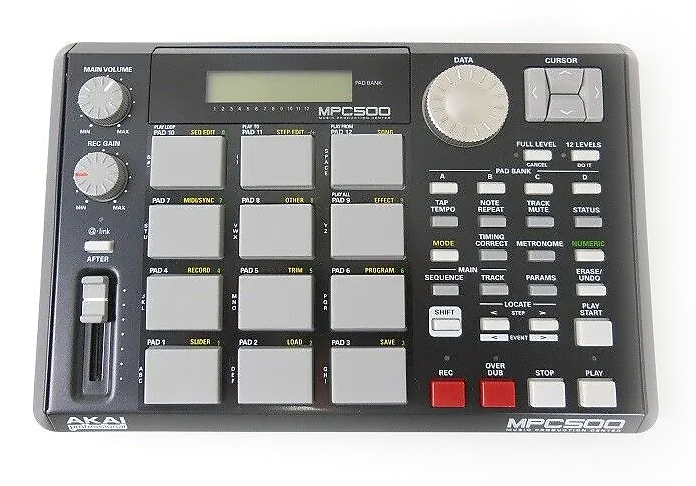
The MPC500 is a small, battery-powered MPC that's half the size of the 1000. It has 12 velocity-sensitive pads, two on-board stereo effects, and a low-pass filter per voice. It's a tiny yet rugged machine also suitable for live performance.
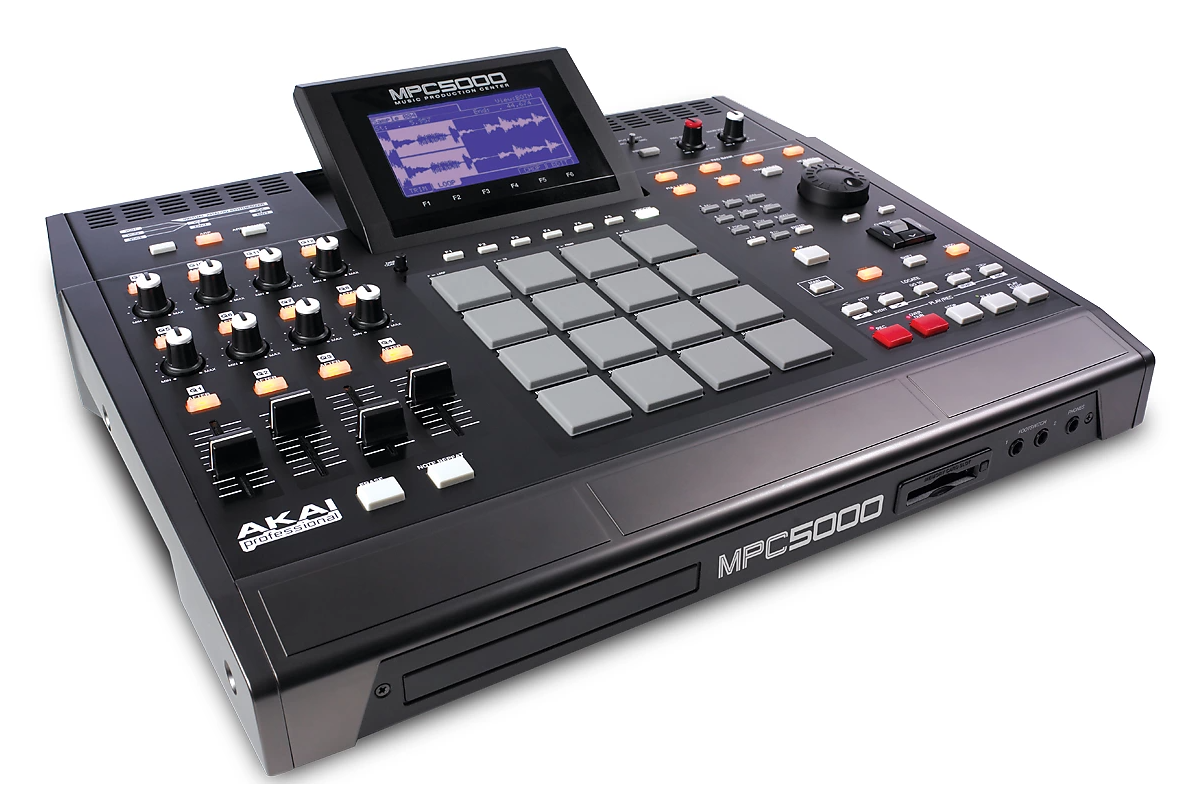
The MPC5000 is a rarer MPC on the resale market today but still holds its value. Featuring a large screen, four faders, four knobs, and a sleek all-black design. It has a three oscillator virtual synth engine, an analog multimode filter, and an 8-track hard disk recorder.
Many MPC heads initially despised the 5000, perhaps for being ahead of its time. However, it has become a fan favorite with firmware upgrades that make it as highly regarded as the MPC4000.
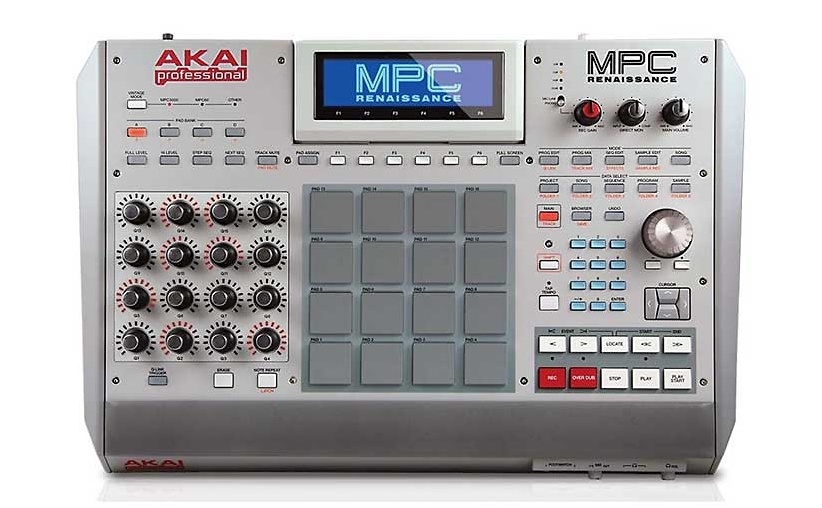
The Renaissance marked a resurgence for Akai, as the company moved away from standalone equipment and toward controllers. It's the first MPC controller made for the MPC software and an audio interface with phono preamp. You can use the Renaissance without touching your laptop as you can control every aspect of the software on the device.
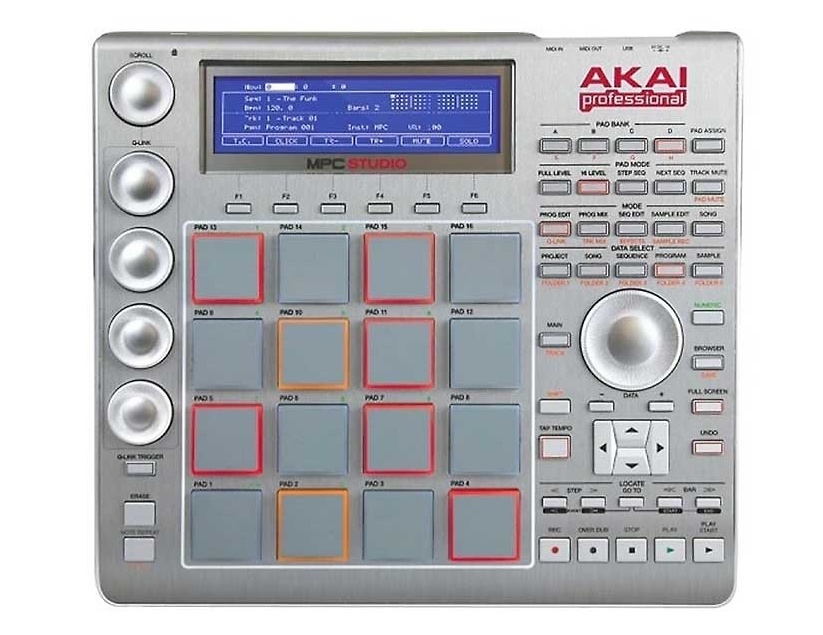
The MPC Studio is a controller with no audio interface but the same LCD screen as the Renaissance with full control over the MPC software. It's USB powered and has a sleek, low-profile design and a silent jog wheel.
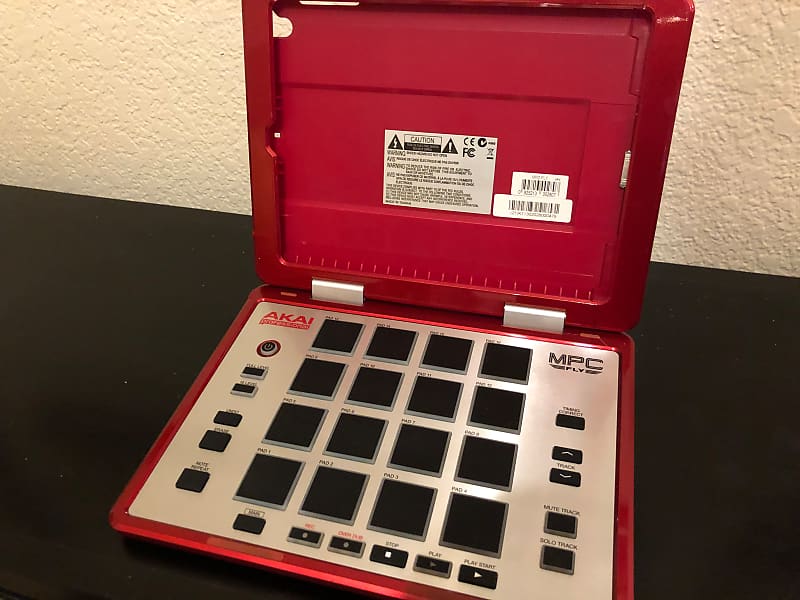
The first standard MPC controller for iPad and tablet devices. It didn't prove to be very popular and is hard to come by on the used market. But if you want this type of class-compliant controller, check out Akai's MPD line.
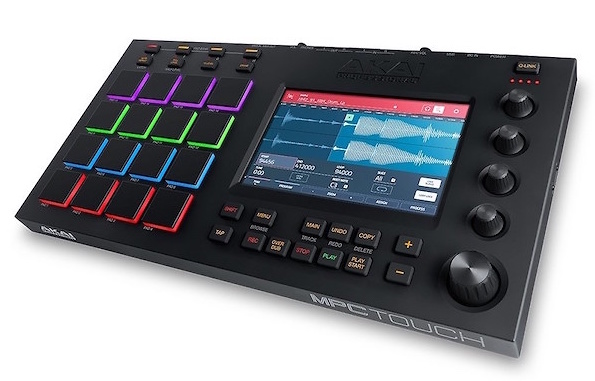
The MPC touch was a precursor to the future line of MPCs. It has a touchscreen and can serve as a USB audio interface complete with phono preamp with full control over MPC Software.
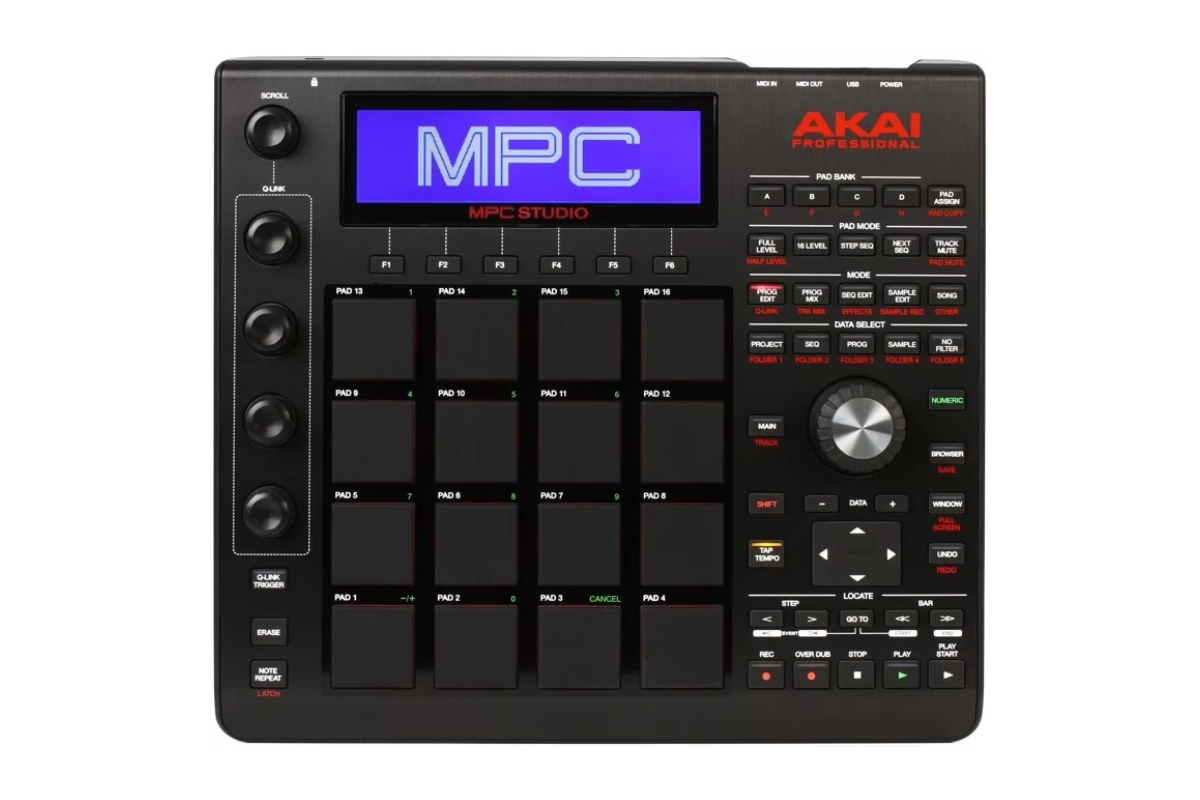
A mostly cosmetic upgrade to the MPC Studio, the Black Edition incorporates the updated data wheel, knobs, and pads found on the current line of standalone MPCs.
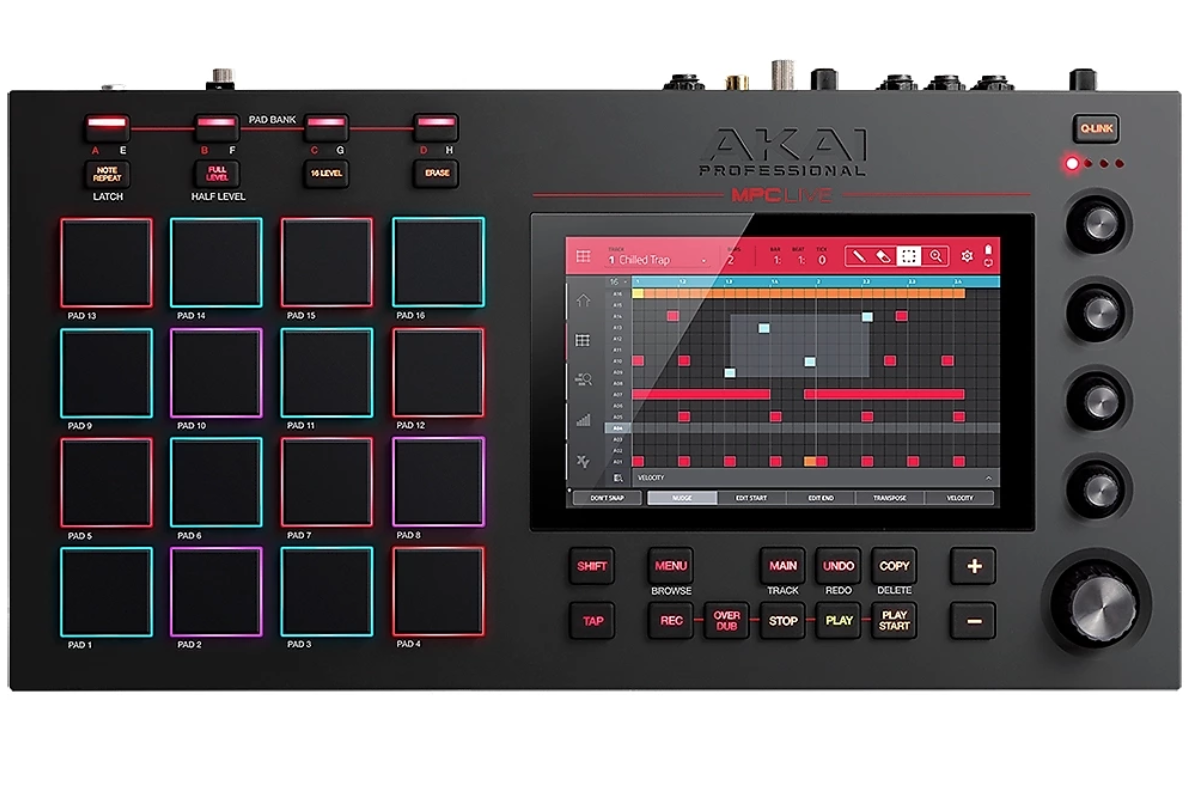
The MPC Live was Akai's first new standalone MPC to be released in over a decade. It has the same 7" touchscreen as the MPC touch, an internal battery, and may be used to control the now highly regarded MPC software. It has 16GB of built-in storage, four outputs, and a phono preamp. The Live also includes four programmable Q-Link knobs and a clickable large knob jog wheel that is just as quiet as the soft transport control buttons.
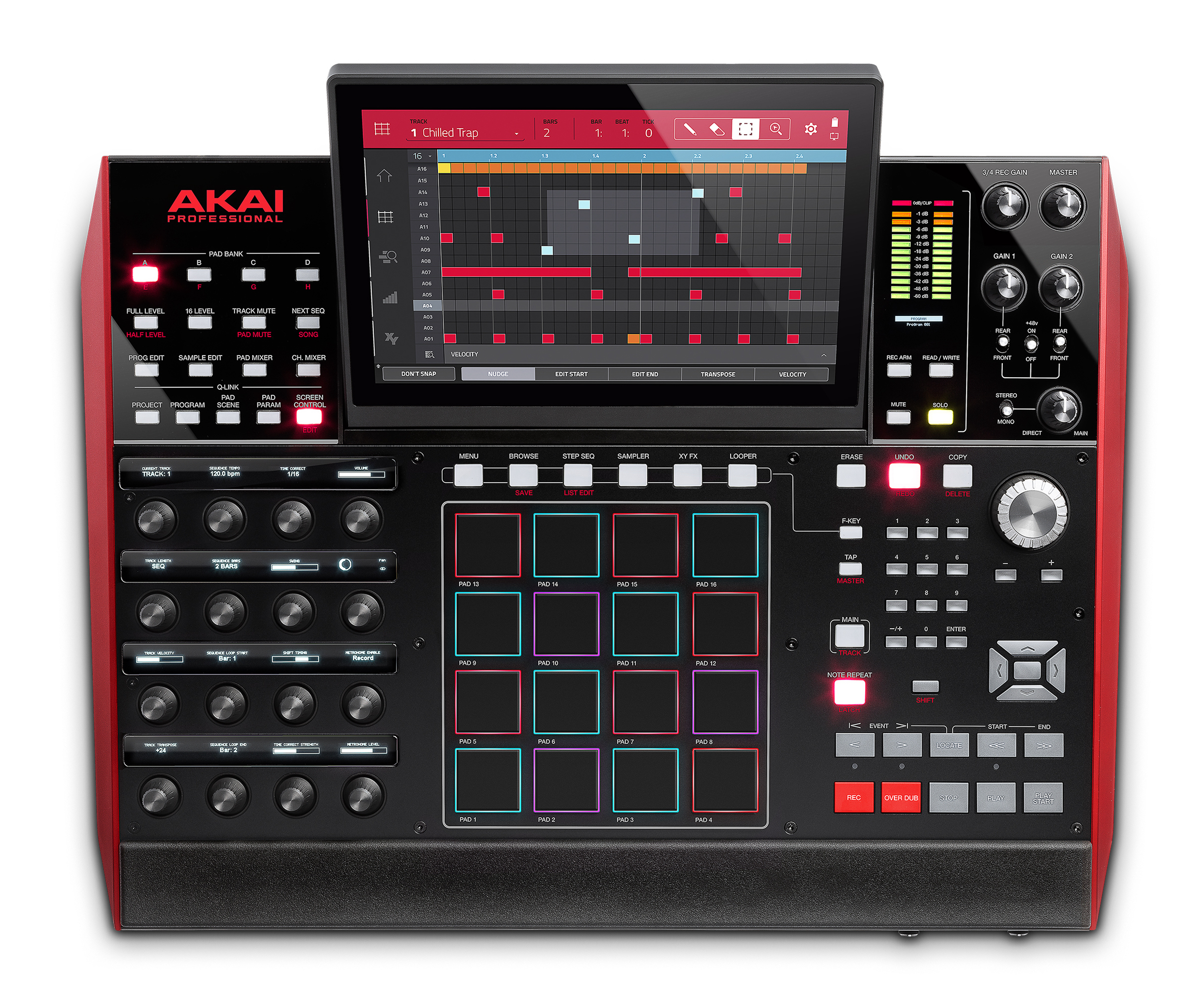
The MPC X is the current flagship MPC featuring all the features of the MPC Live with a bigger 10" touchscreen and 16 assignable infinity control knobs. The X is fully capable of being a controller for the MPC Software. It also features eight CV or Gate outs, eight audio outs, and four inputs, including two mic inputs with phantom power.
The MPC X has several more features that make it the most powerful standalone music production tool ever constructed and includes a high-quality audio interface designed for recording, sampling, and re-sampling.
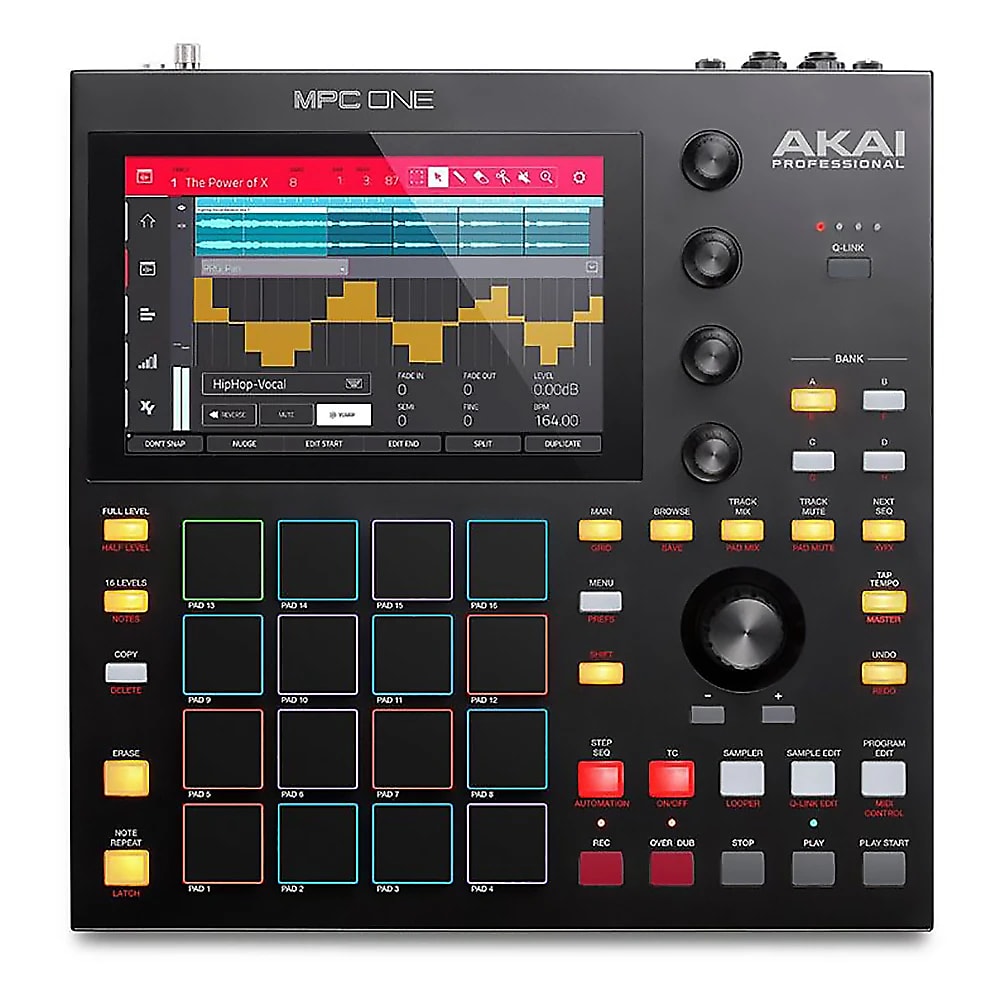
The MPC One is an excellent beginner MPC, since it incorporates most of the features of the Live and X with a reduced frame and less hefty price tag than its more advanced relatives.
The touchscreen is necessary for utilizing Akai's new firmware series, and the transport and control buttons are a reprise of the old MPC2000XL transport buttons, with the new-style data wheel. It also includes four CV or Gate outs, making this a perfect MPC for Eurorack users.
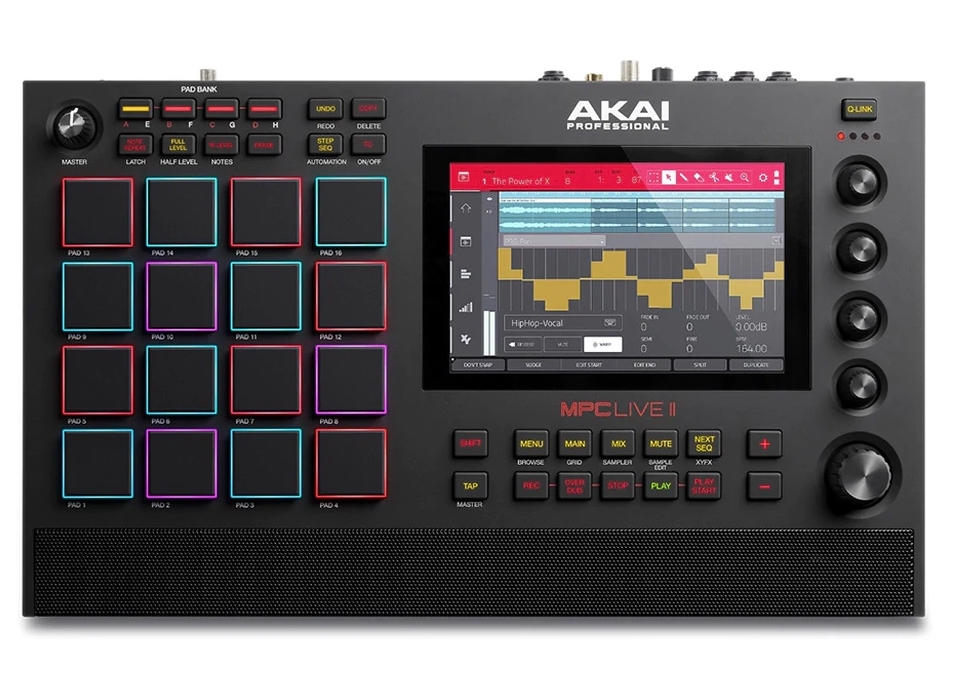
Akai has recently debuted the MPC Live II, a second edition of the original MPC Live with an internal speaker that sounds pretty decent. It also took cues from the MPC X and One and added four CV or Gate outputs for compatibility with Eurorack.
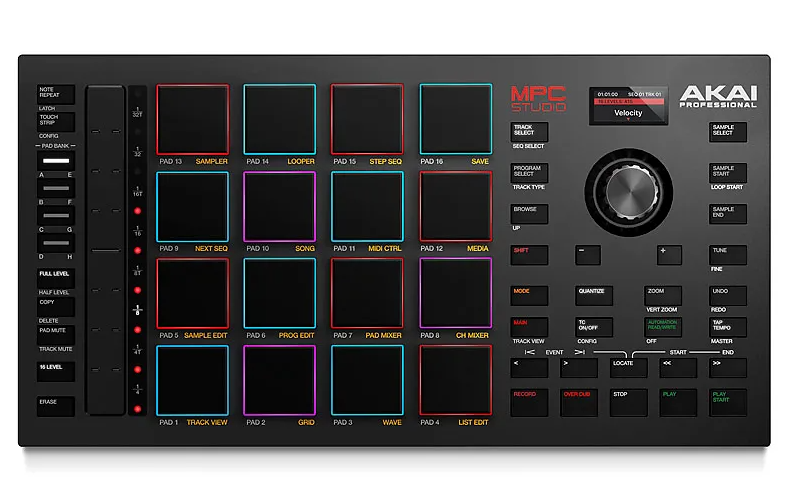
The MPC Studio is the newest in the MPC Studio line of controllers. It adds an assignable touch strip controller for more expression, allowing for pitch bending, sweeping filters, controlling effects, or controlling the speed of drum rolls.
